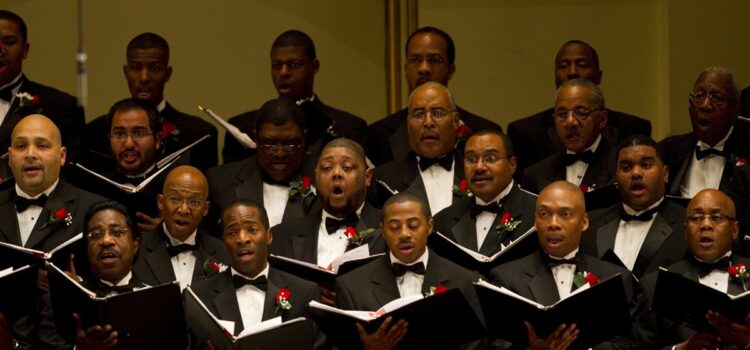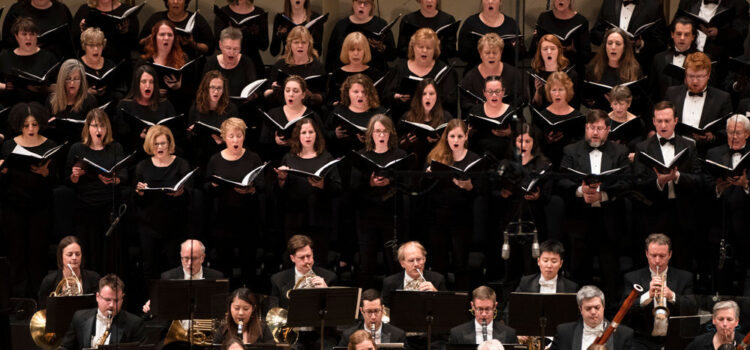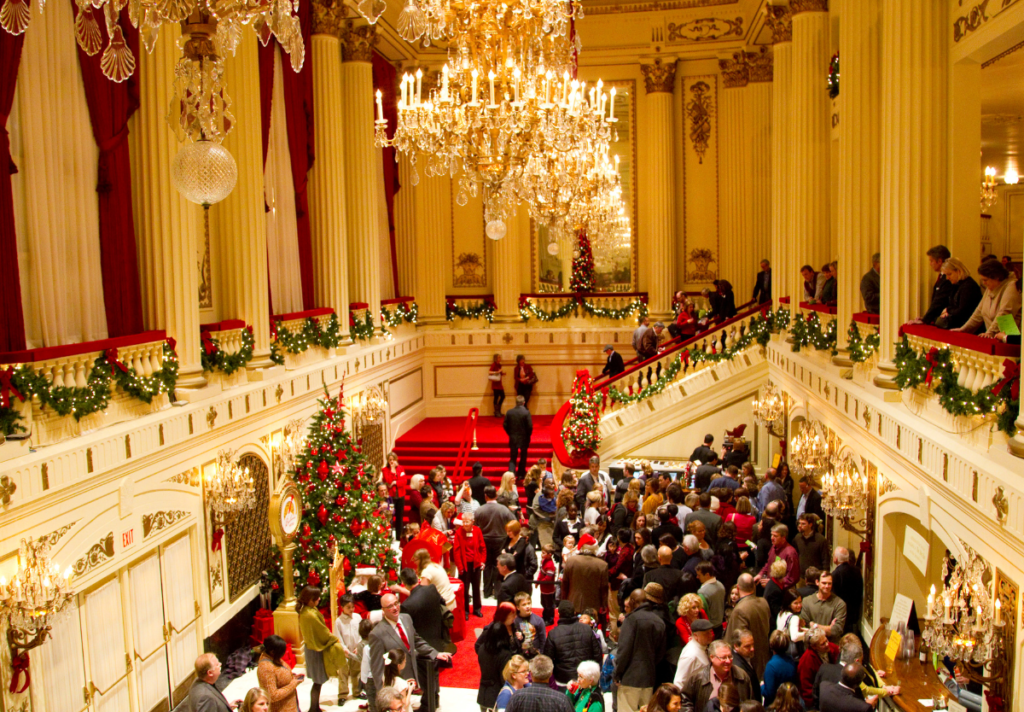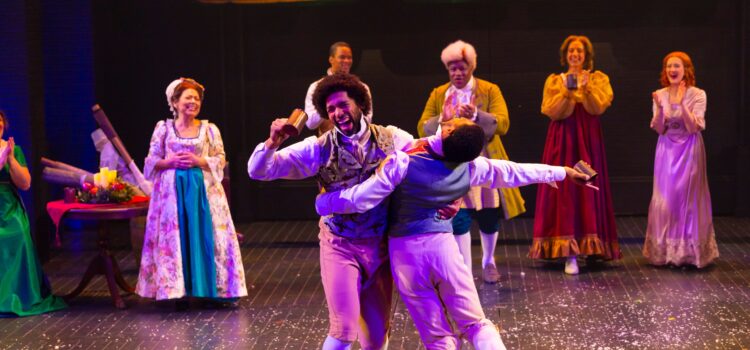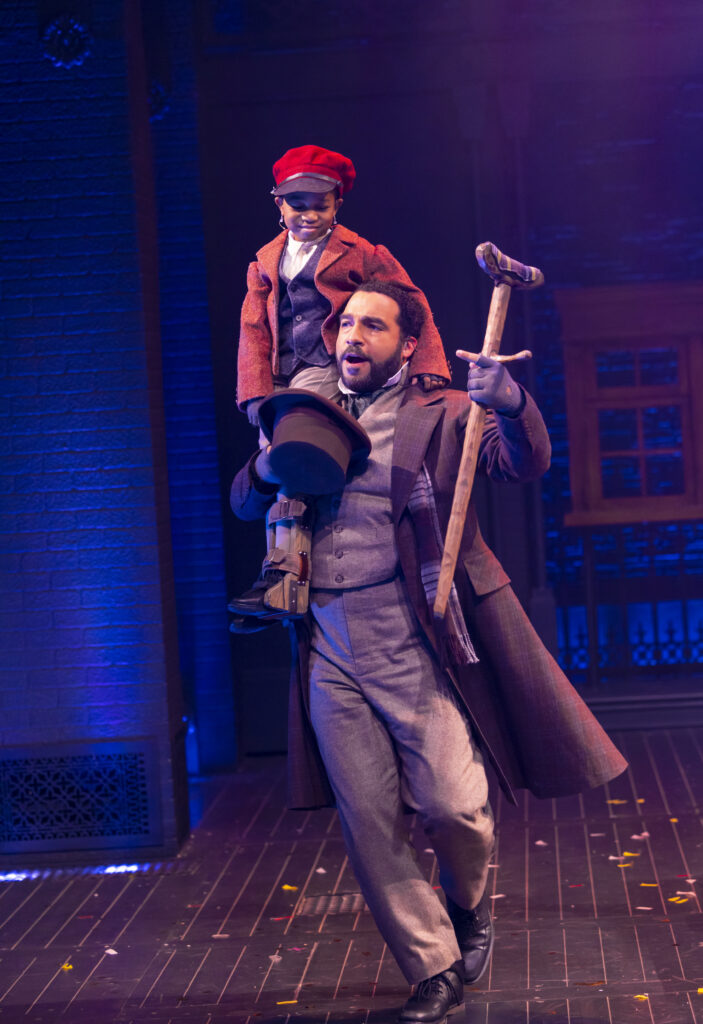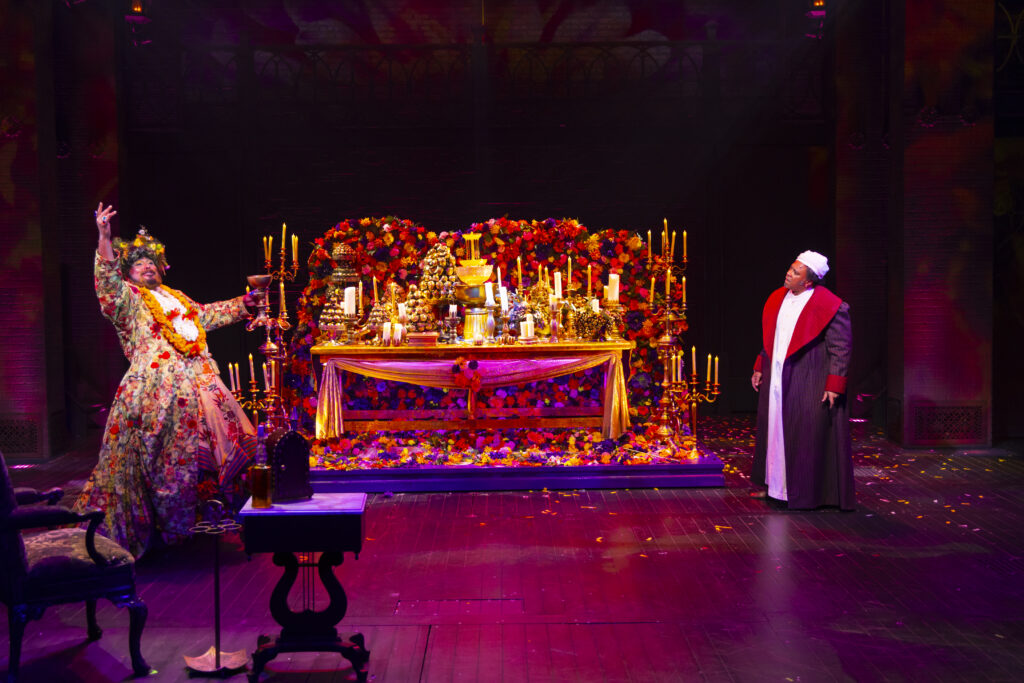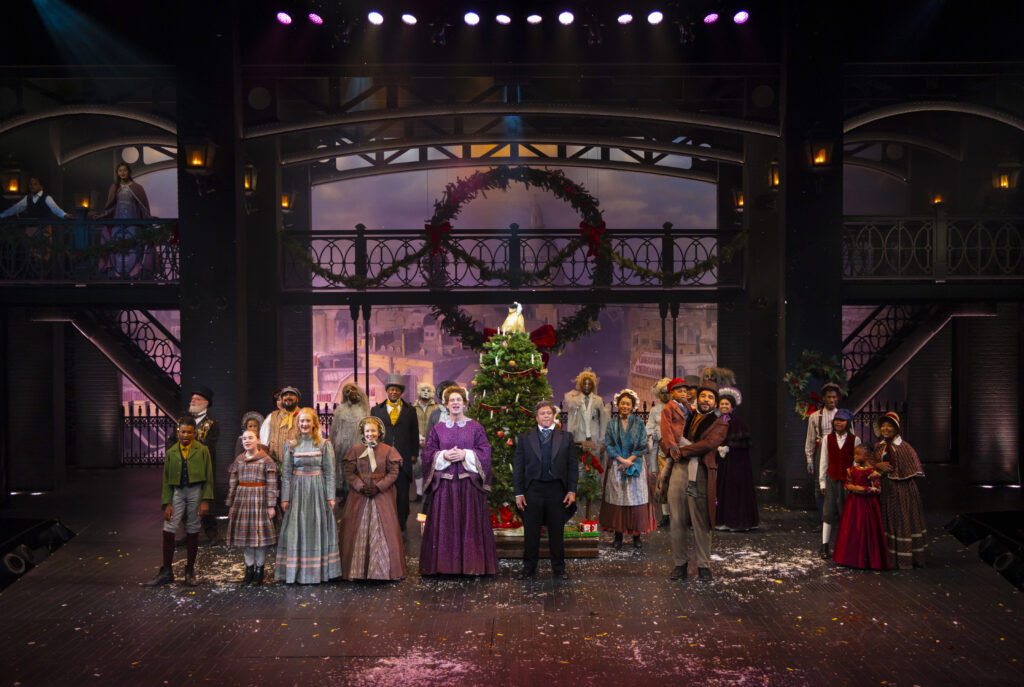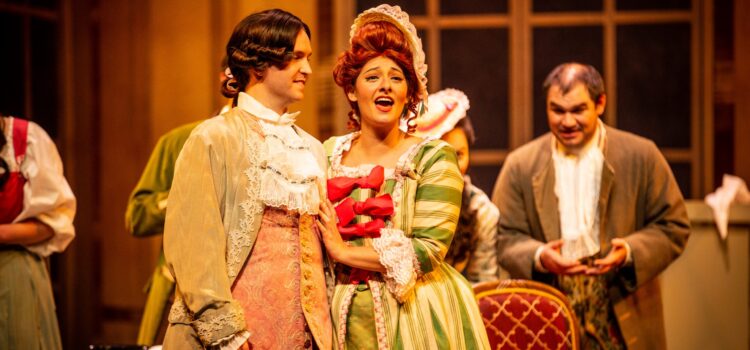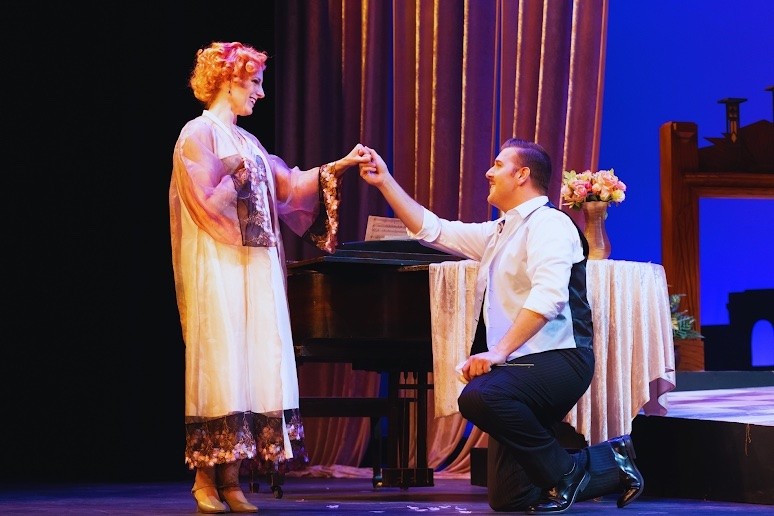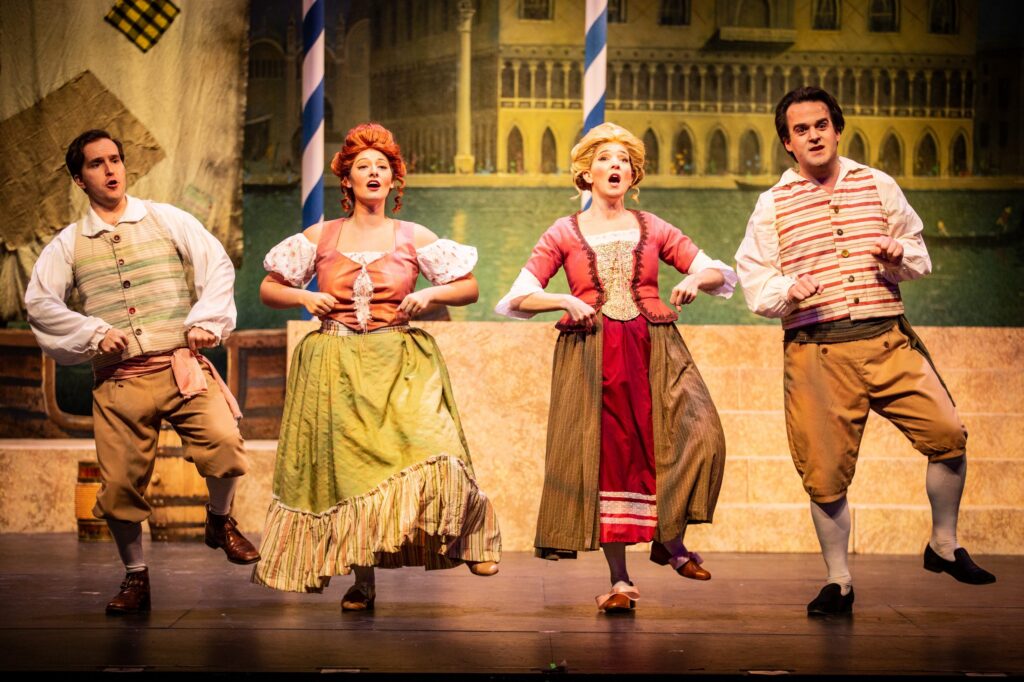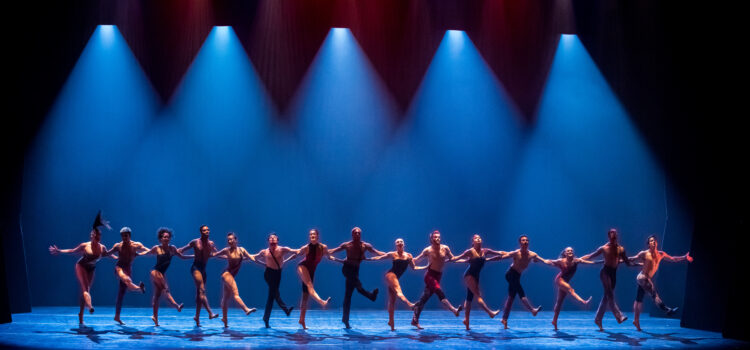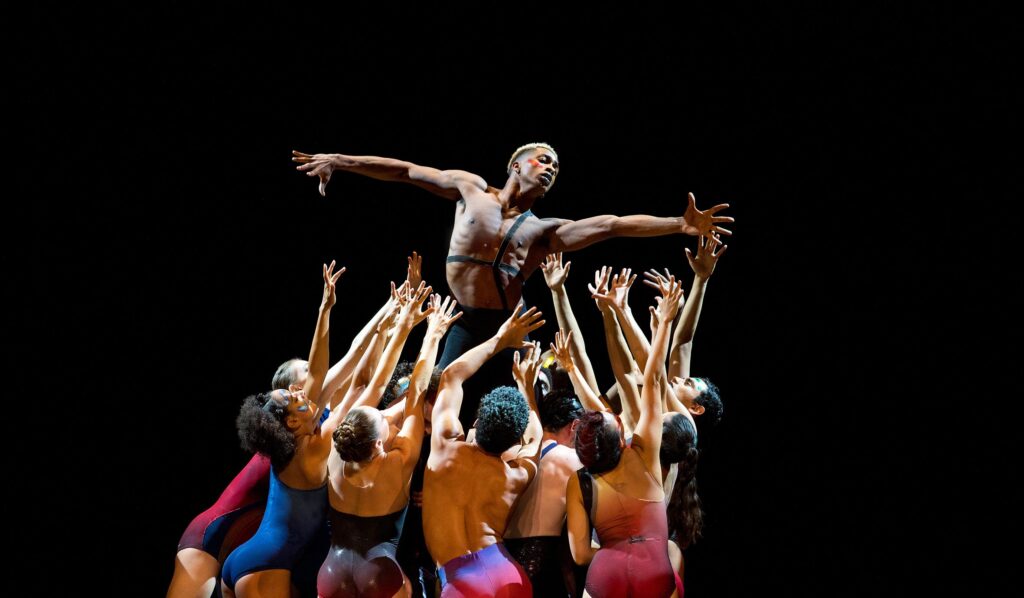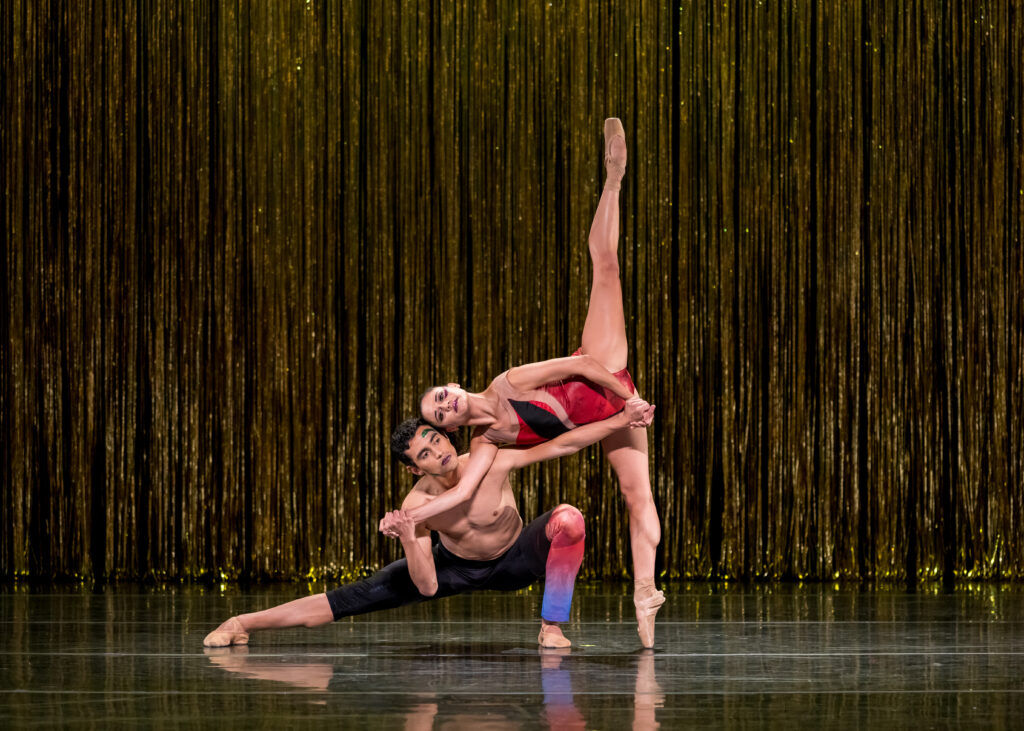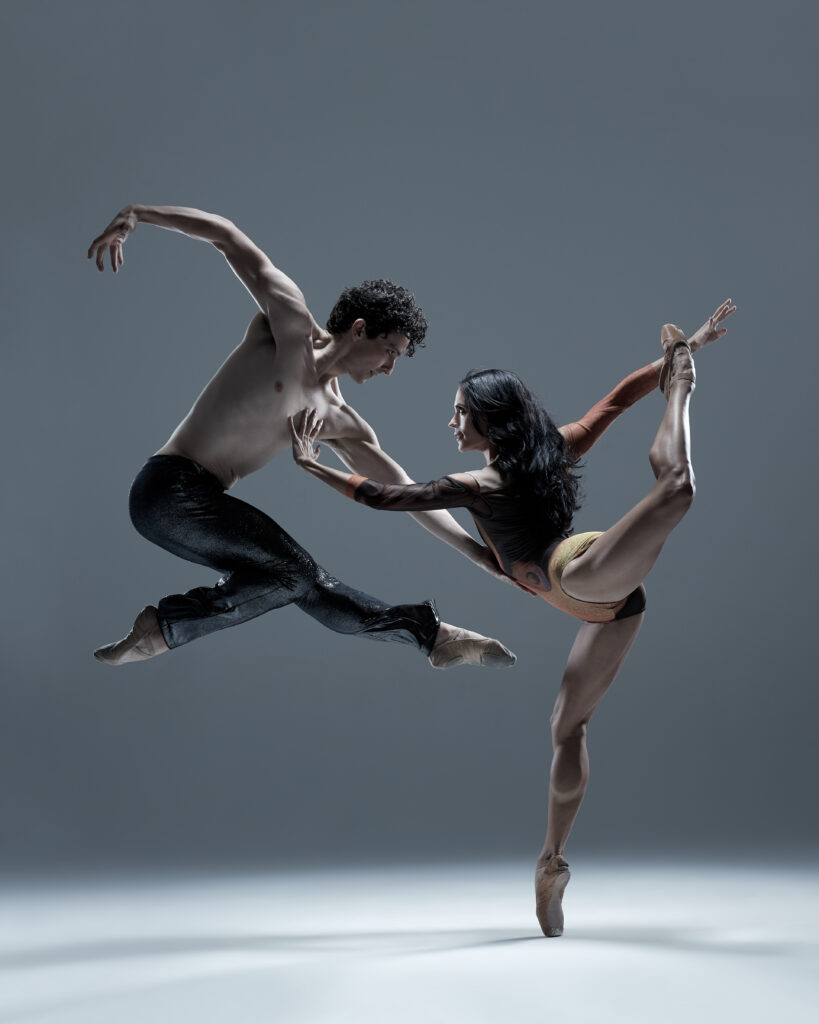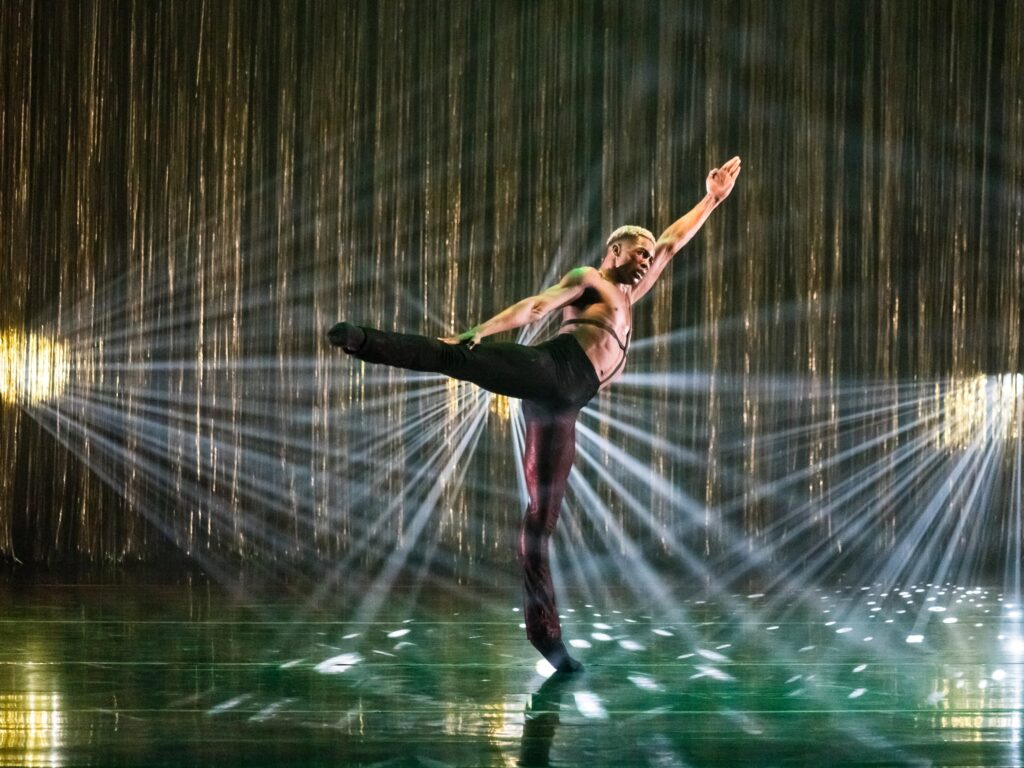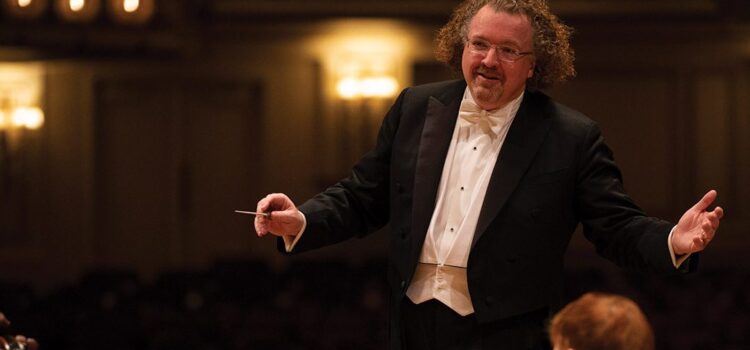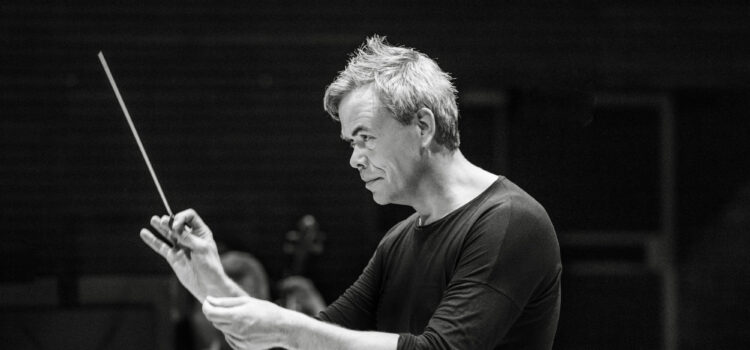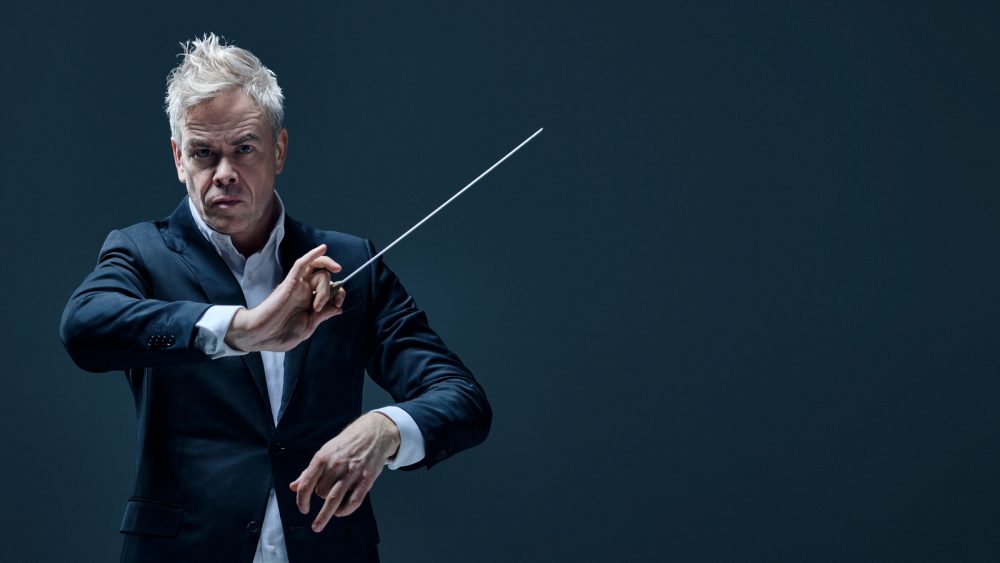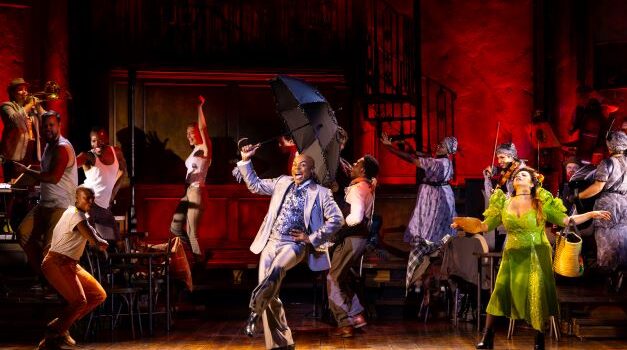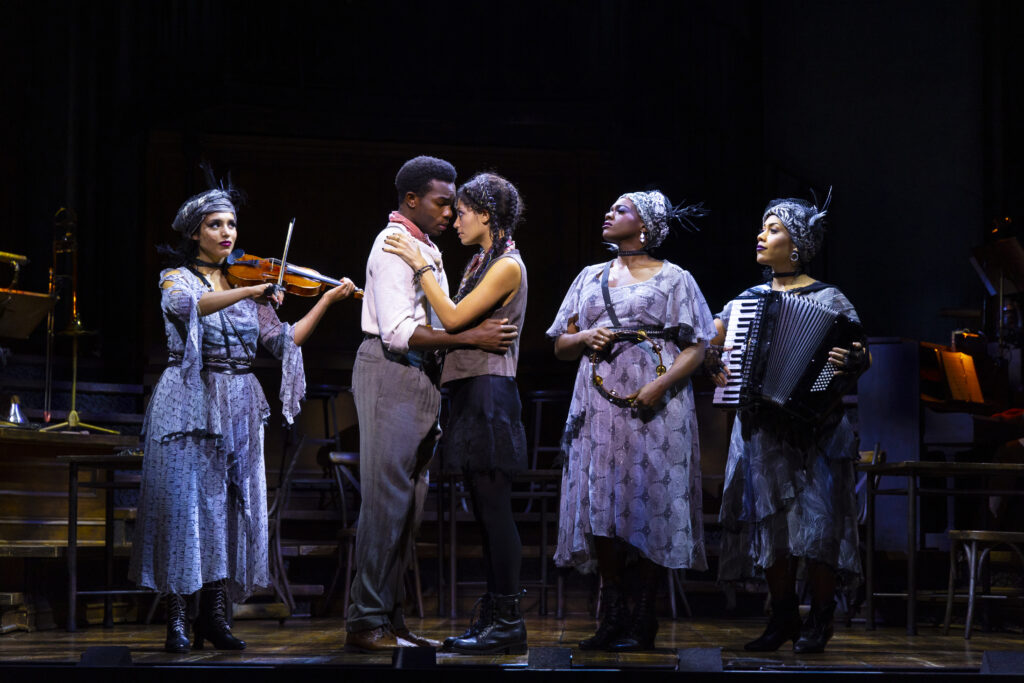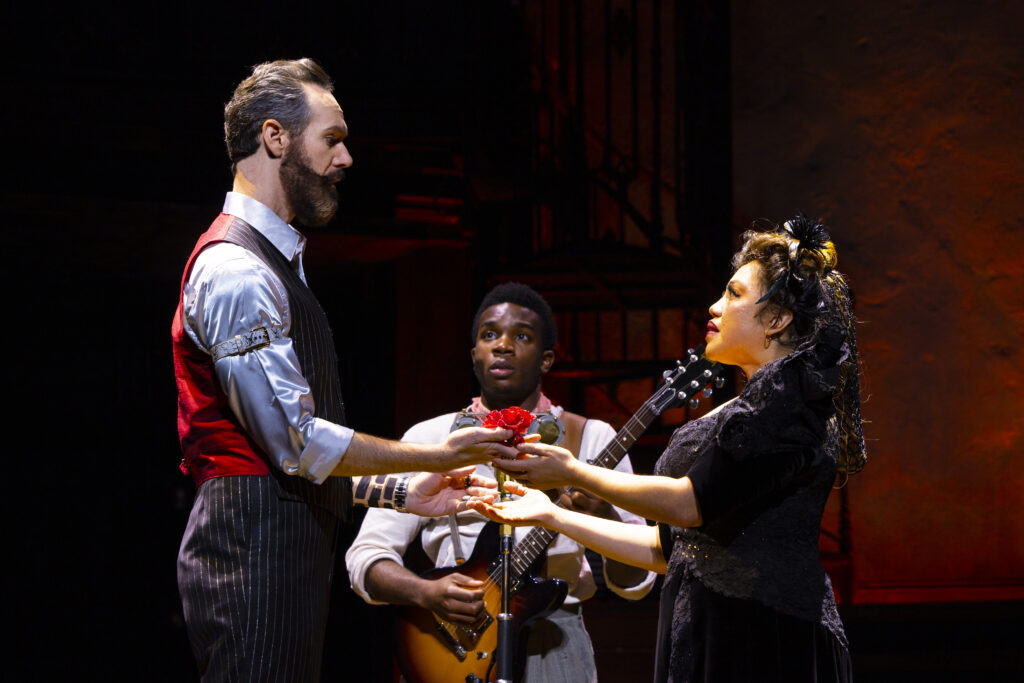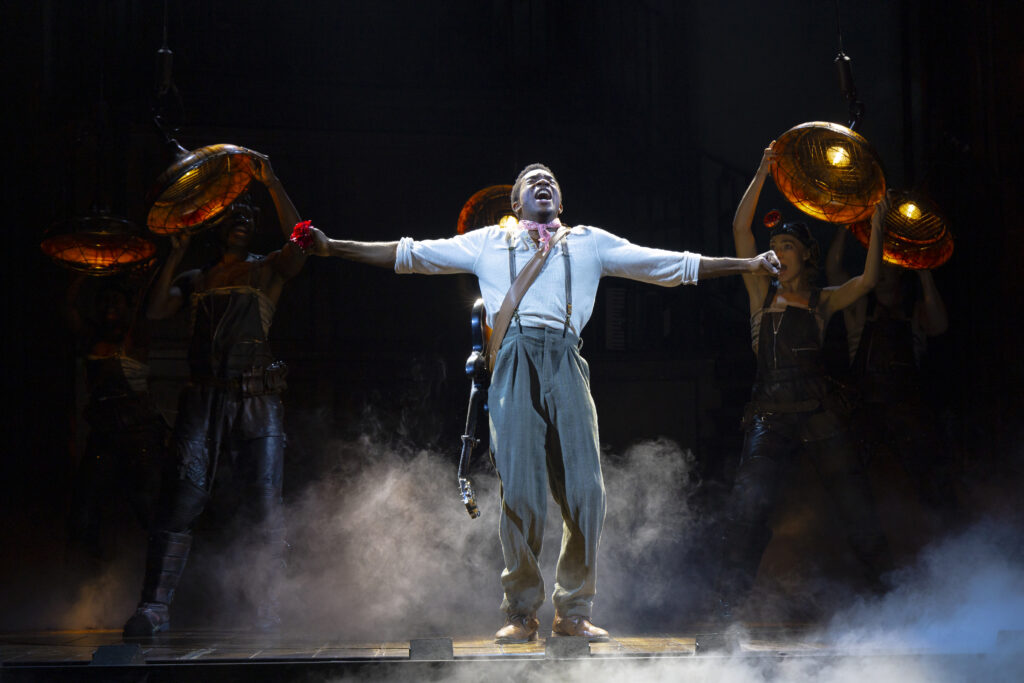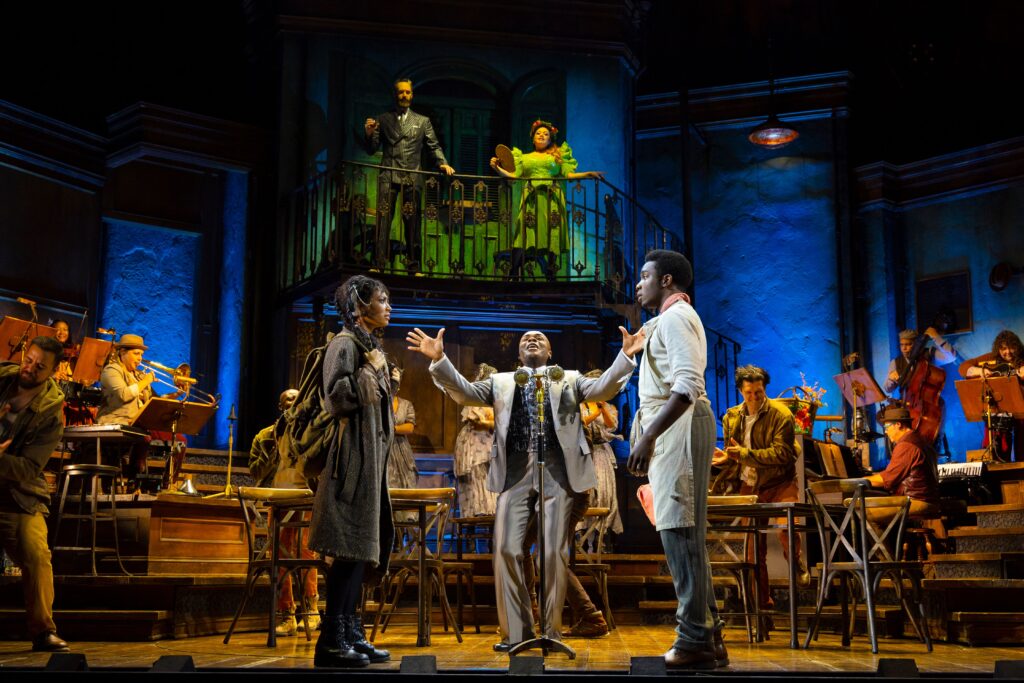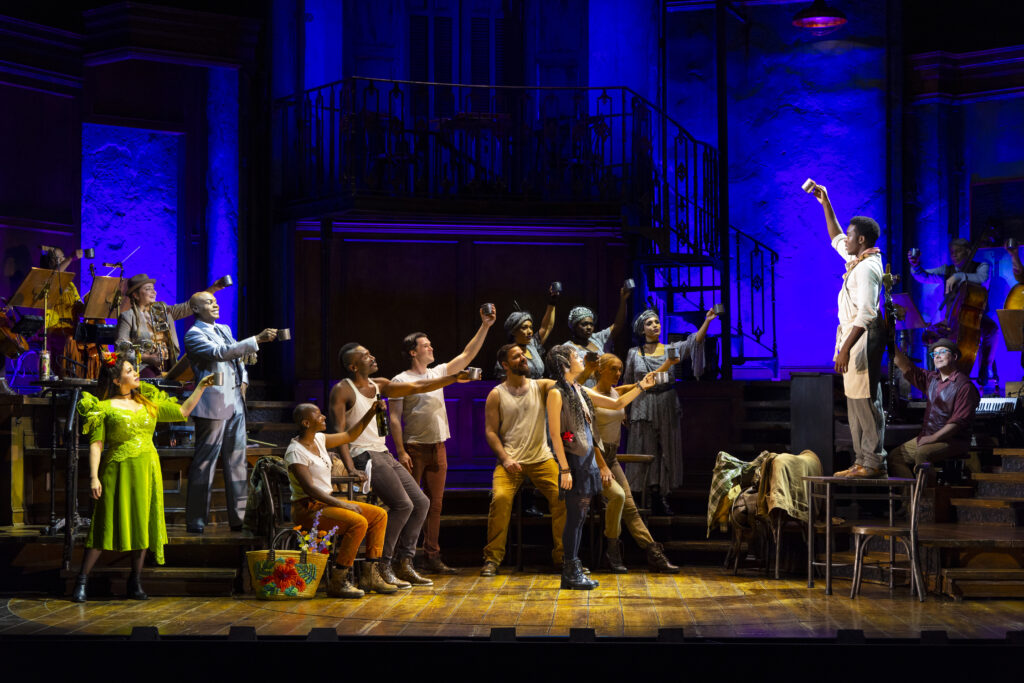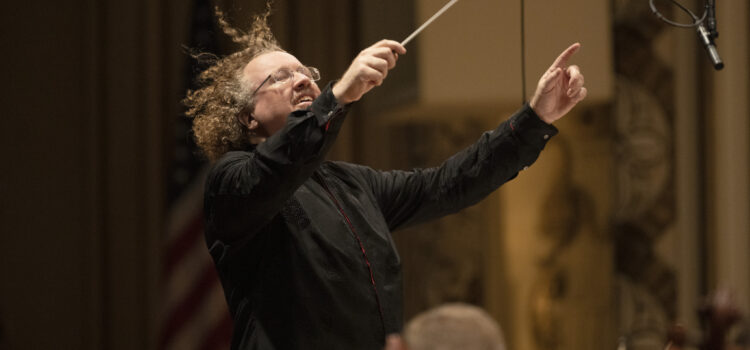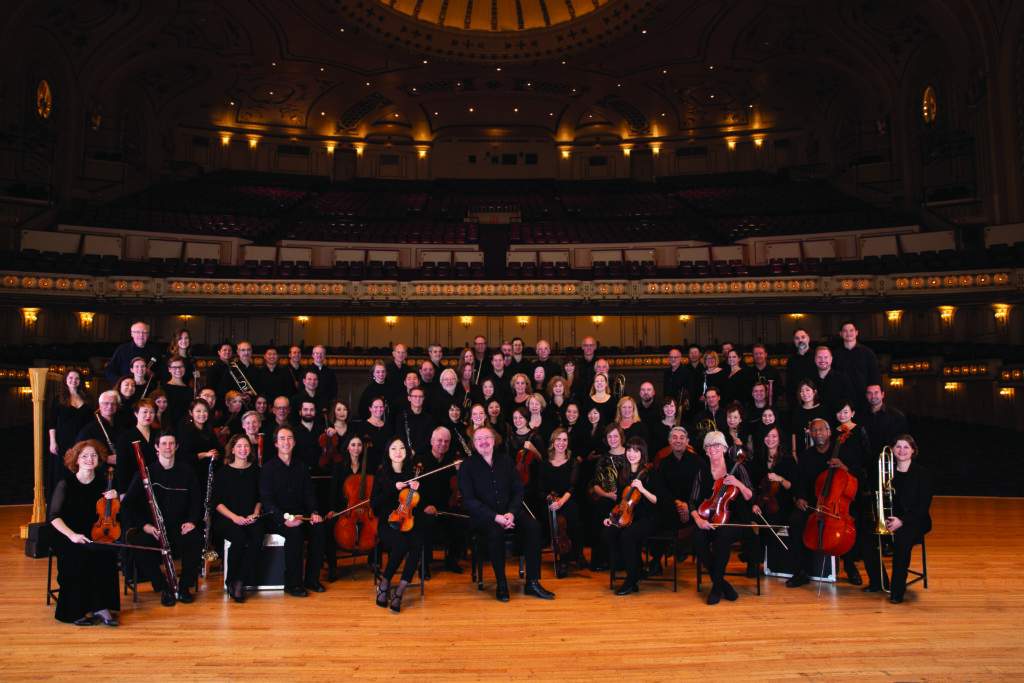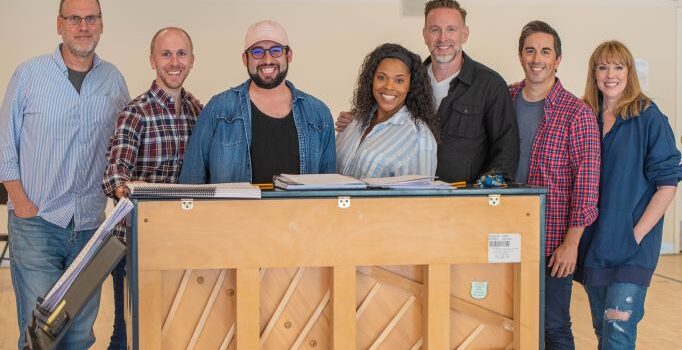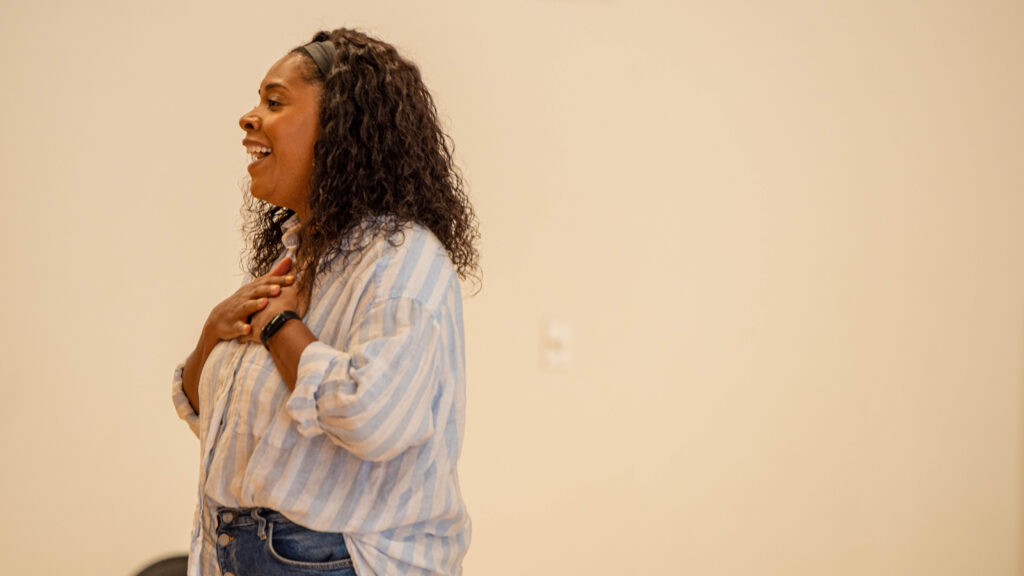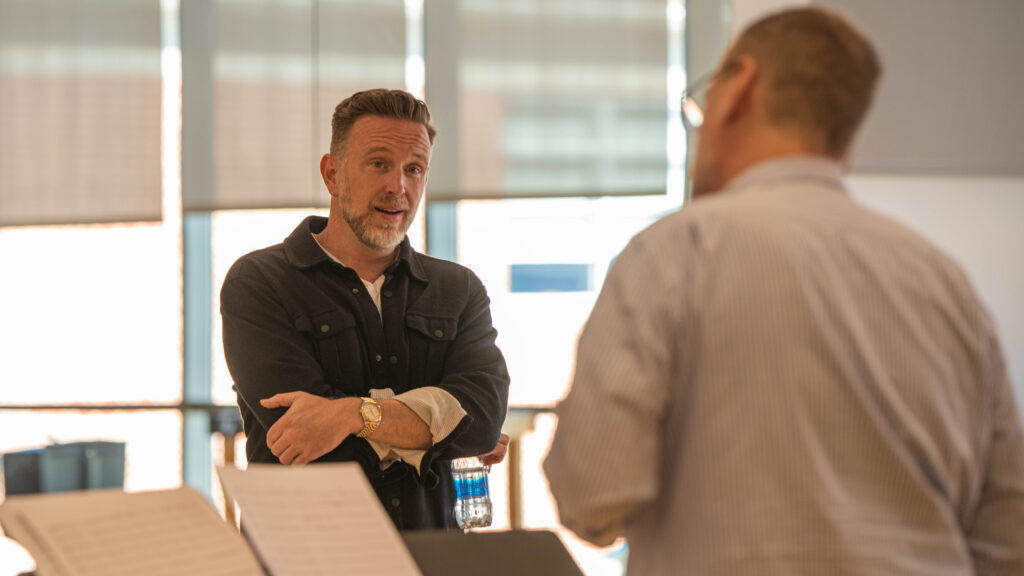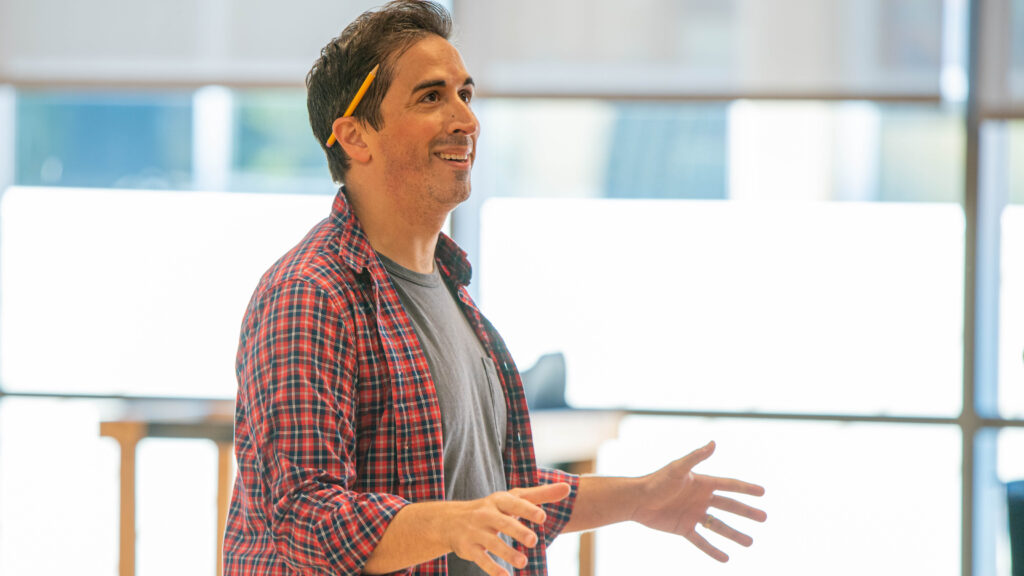By CB Adams
On the 1988 U2 album “Rattle and Hum,” singer Bono introduced the band’s cover of “Helter Skelter” by saying, “This is a song Charles Manson stole from the Beatles. We’re stealing it back.” Although “Helter Skelter” may seem a strange way to begin a review of the St. Louis Symphony Orchestra’s Dec. 15 performance of A Gospel Christmas, it’s actually an apt comparison. The tsunami of seasonal carols and jingles that retailers start blasting in early fall threatens to steal our attention from the hymns and ecclesiastical music that examines – if not downright proclaims – the “reason for the season.”
A show like A Gospel Christmas aims to steal back holiday music – at least for one performance a year. The songs, like Michael Lawrence’s “Carol of Christmas,” Camille Saint-Saens’ “Praise Ye, the Lord of Hosts,” and the traditional “The First Noel” resonate more fully than songs about flying reindeer, mommy kissing Santa Claus or little fir trees who cry so much.
To borrow a quote from Stephen Hill, the host of the long-running radio program Hearts of Space, hymns “engage us on a deeper, more internal level when we simply open ourselves to the sound and listen with the heart.”
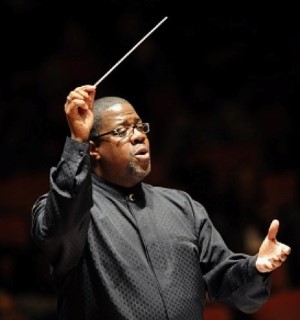
There’s an unmatched power and vibrancy of human voices raised en masse, and the St. Louis Symphony IN UNISON Chorus transformed Powell Hall into a sanctuary of soulful celebration. Conducted by Kevin McBeth, A Gospel Christmas was really three concerts woven into one. The IN UNISON Chorus provided the lion’s share of performances with songs that included the “Hallelujah” from Handel’s Messiah: A Soulful Celebration,” the traditional “Beautiful City” and Kirk Franklin’s “Silver and Gold.”
Among all the excellent voices contributing to IN UNISON, the program included outstanding solos by several members, including soprano De-Rance Blaylock who performed “God Rest Ye Merry Gentleman” and countertenor Tai Oney who performed “Mary Had A Baby.” “Praise Ye, The Lord of Hosts” from Saint-Saëns’ “Christmas Oratorio” received a rousing performance from IN UNISON’s Men’s Glee Club.
Early in the show, McBeth announced that IN UNISON’s founding director, Dr. Robert Ray, had passed away that day. Ray led the ensemble from its formation in 1994 through 2010 and shaped its distinct sound as it evolved into an essential choral group in the region. The evening was dedicated to Ray and celebrated his vision for the chorus, many members of which come from the IN UNISON Program partner churches.

The second concert within a concert was a sprinkling of songs by American singer, songwriter and pianist Sheléa Frazier, known professionally by the single moniker Sheléa. With a reputation as a “singer’s singer,” Sheléa has also portrayed gospel singer Dorinda Clark Cole in the 2020 Lifetime biopic, “The Clark Sisters: First Ladies of Gospel.”
Both the IN UNISON Chorus and Sheléa could have carried the show singly, the combination, along with the SLSO, provided a lively cadence and welcome variety of material. Sheléa sauntered easily through chestnuts like Mel Torme’s “The Christmas Song” and Vince Guaraldi’s “Christmas Time Is Here” as well as one of her own compositions, the delightful “Don’t Wanna Wait ‘Til Christmas.”
Balancing out the program was the SLSO, which swelled Powell with wordless wonders such as the traditional “Overture of Joy (A Christmas Melody)” and Hugh Martin’s “Have Yourself A Merry Little Christmas.”
In this season of aural plentitude, A Gospel Christmas provided a welcome respite from the jingle-jangle of more commercial holiday music – made all the more precious by both its impressive quality and one-night-only scarcity. I was reminded of an Elton John quote, “When in doubt, write a hymn.” To which I would add, “And then sing it out loud.” By the end of A Gospel Christmas, I felt that I had been satisfyingly “churched” and yearned to shout out, “Say amen, somebody!”
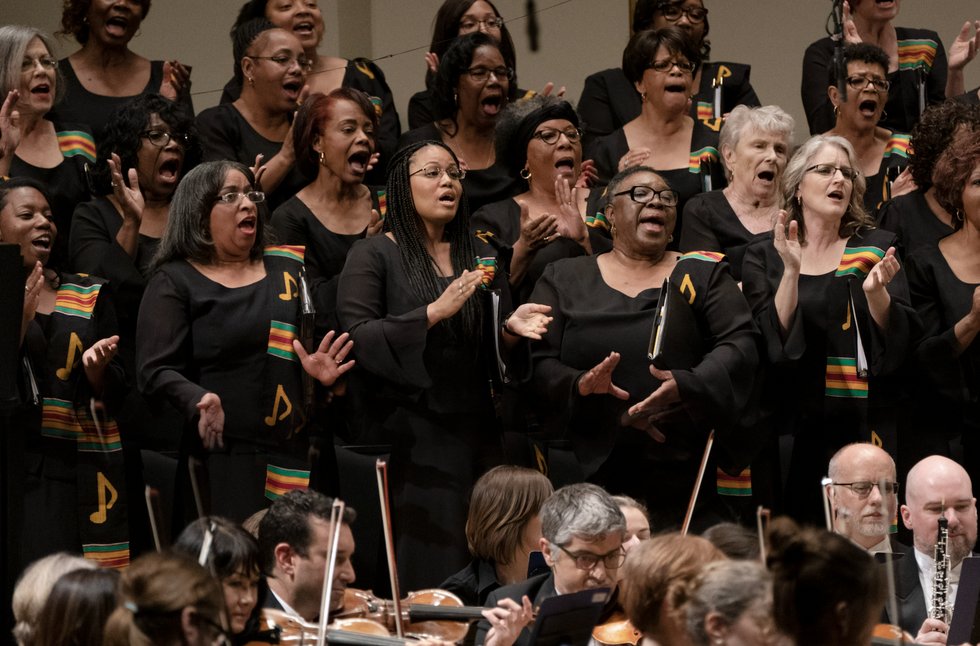

CB Adams is an award-winning fiction writer and photographer based in the Greater St. Louis area. A former music/arts editor and feature writer for the St. Louis Globe-Democrat, his non-fiction has been published in local, regional and national publications. His literary short stories have been published in more than a dozen literary journals and his fine art photography has been exhibited in more than 40 galley shows nationwide. Adams is the recipient of the Missouri Arts Council’s highest writing awards: the Writers’ Biennial and Missouri Writing!. The Riverfront Times named him, “St. Louis’ Most Under-Appreciated Writer” in 1996.

